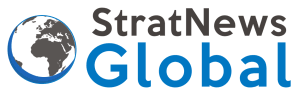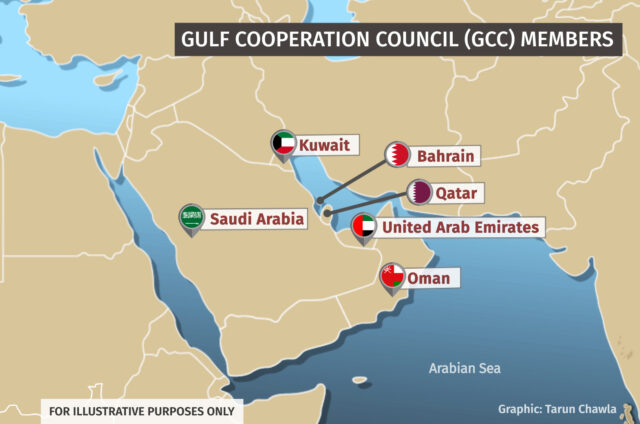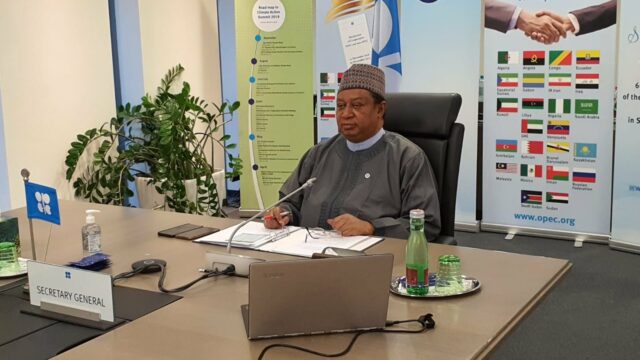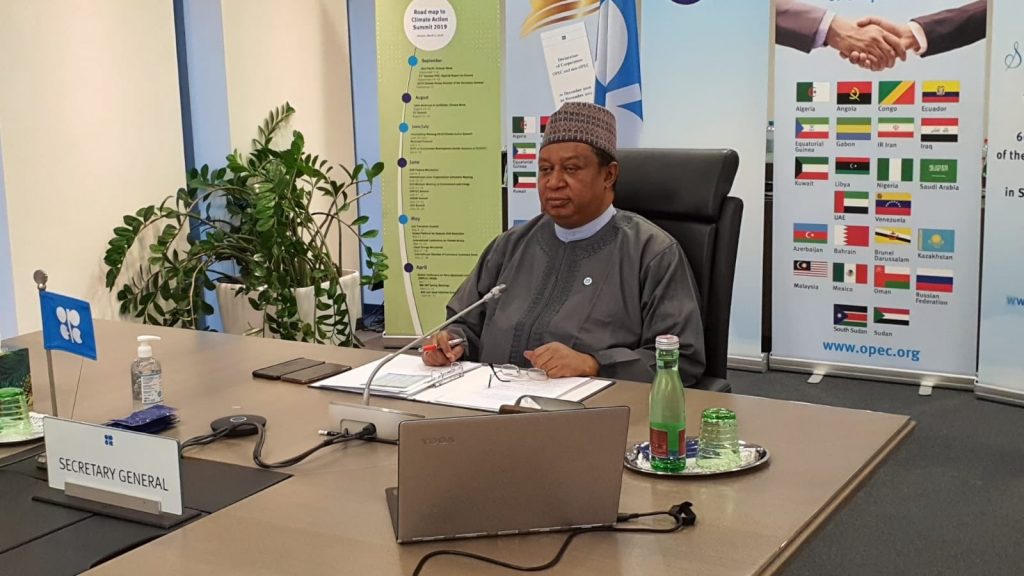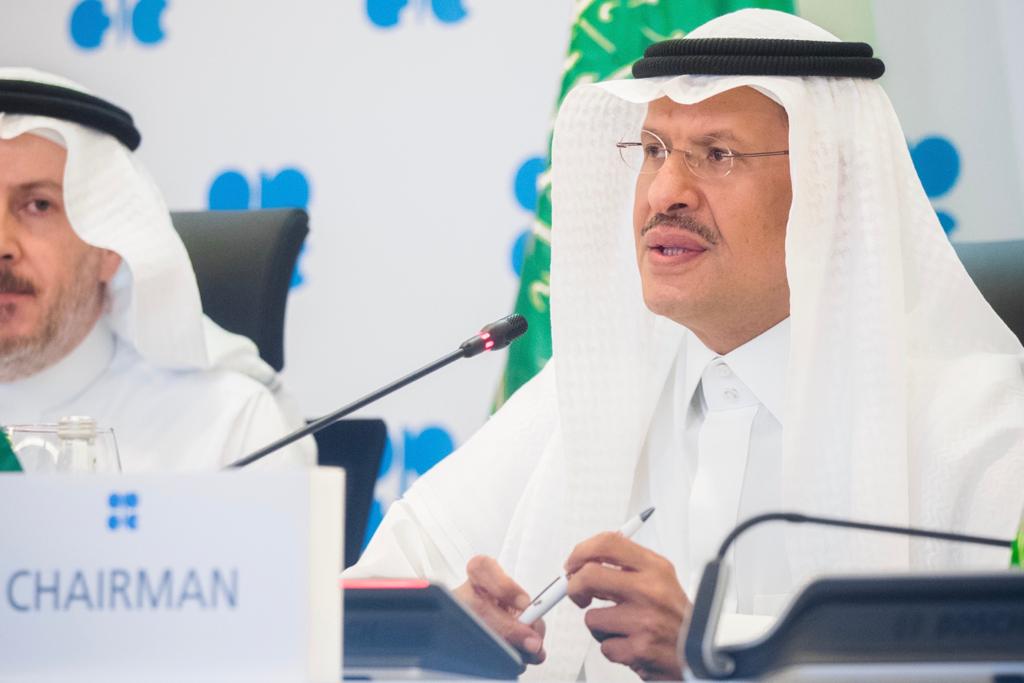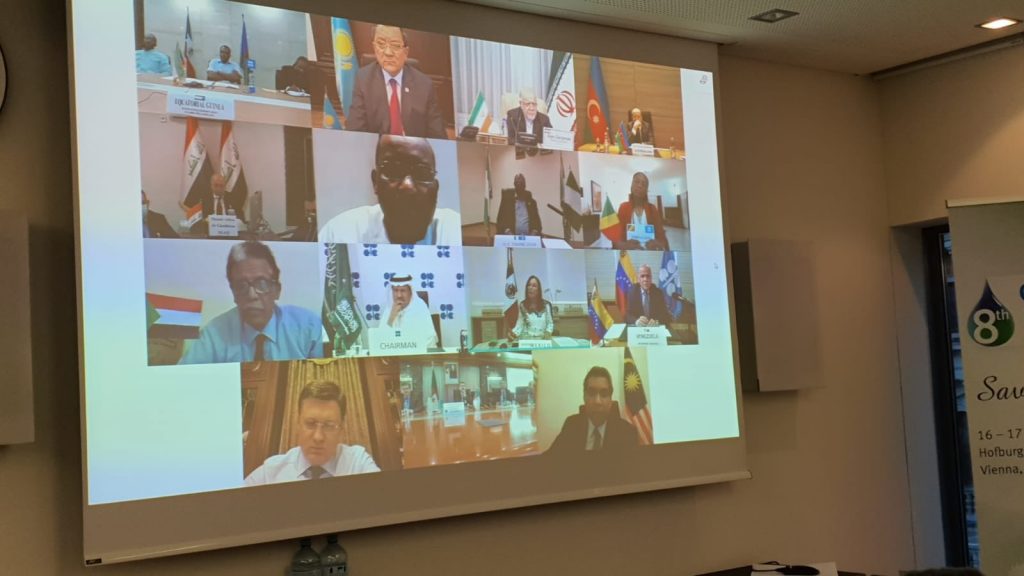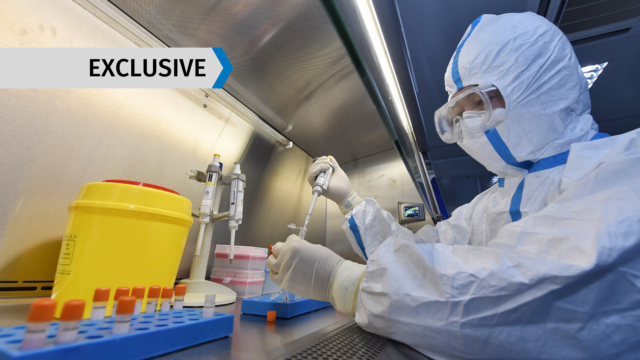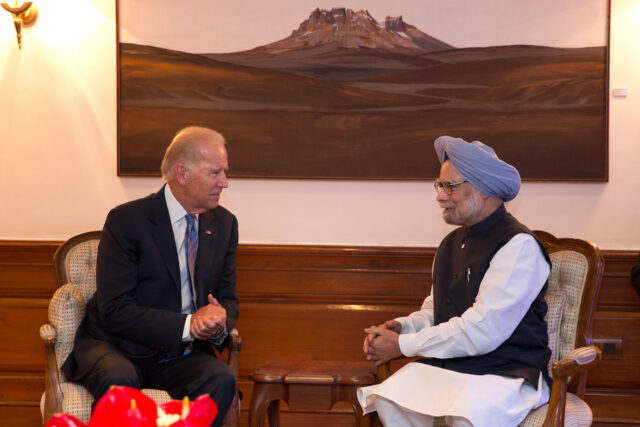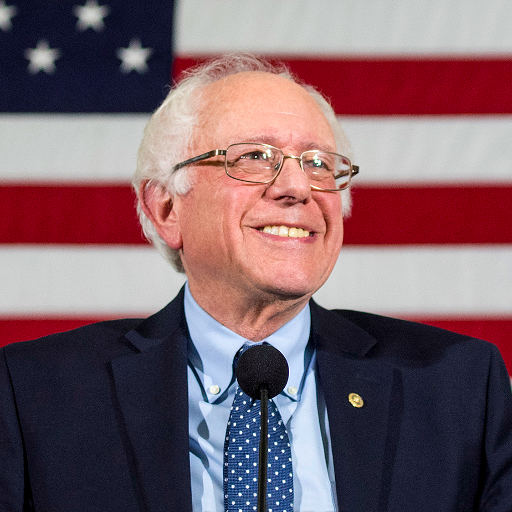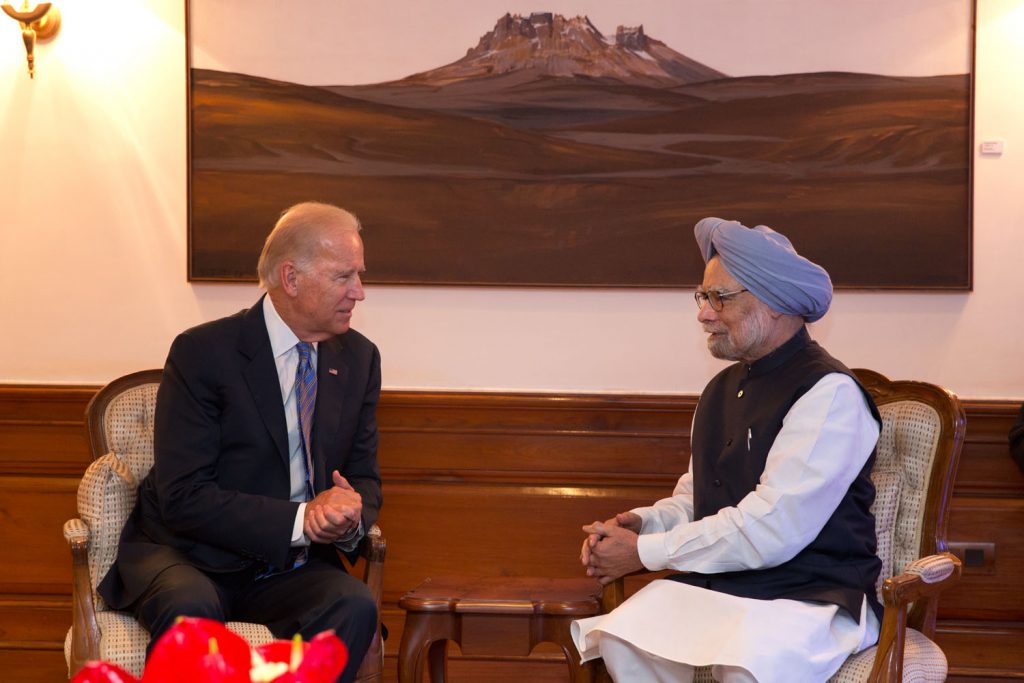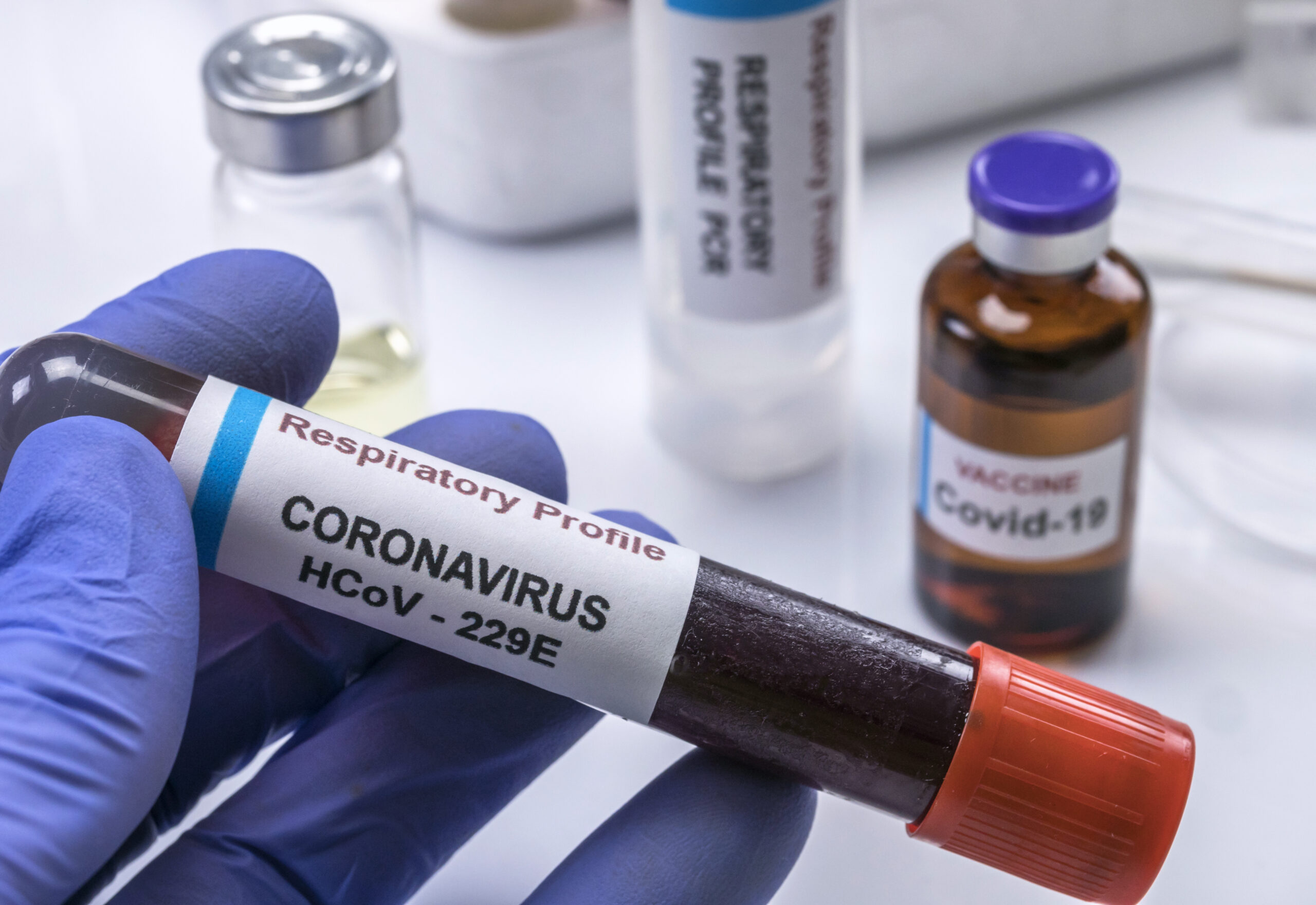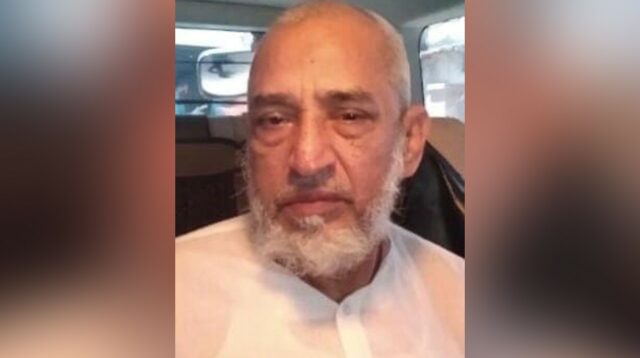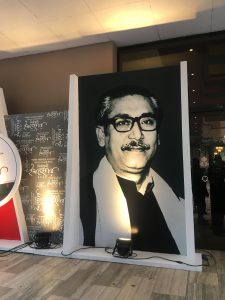NEW DELHI: In the midst of the black clouds of the Coronavirus, or Covid-19, spreading uncertainty around the globe and governments grappling to stop the immense loss to human life and damage to their economies, world leaders have begun assessing the possible contours of the post Covid-19 world. The U.S. and West particularly are trying to keep their economies strong and retain the advantage in advanced technologies to ensure that the global balance of power does not change, as that could mean a new China-dominated world order with potential consequences for forms of government, individual freedoms and social values. As anticipated, U.S.-China rivalry is escalating.
U.S. President Donald Trump has declared that he will not allow America to lose its advantage, implying it will strive to retain global primacy. He also, on April 8, questioned the role of the World Health Organisation (WHO) and bluntly observed it appeared to be acting on China’s orders and is responsible for delaying the warning to the rest of the world. There have been doubts about the WHO’s role since its tweet of January 14 denying human-to-human transmission of the Coronavirus, though by that time China was already reporting such cases and Taiwan subsequently publicly announced it had informed WHO of this in late December. In a review of its earlier decision and a blow to China’s hi-tech sector, the UK is likely to ban Huawei’s 5G in British telecommunications networks. Chinese President Xi Jinping too, in early February well before China made gains in tackling the Coronavirus epidemic, instructed the Chinese Communist Party (CCP)’s apex Politburo Standing Committee (PBSC) and his officials that China must not allow its economy to slip, resume manufacturing and economic activity, try to re-establish global supply chains and expand its market share. Alluding to China’s global ambitions, he said it must behave like a “responsible global power”, while Chinese Foreign Minister Wang Yi spoke of creating a “community of shared future for mankind”. An interesting coincidence was the disclosure by a Chinese government think-tank of its proposal for a Beijing-led rival to the World Health Organisation!
Recent Chinese actions, while the rest of the world is combatting the Covid-19, signal that Beijing’s ambition to dominate the Indo-Pacific region has not changed. On April 3, Chinese Navy warships attacked and sank a Vietnamese fishing boat engaged in normal fishing activities near Fulin Island. China’s People’s Liberation Army Air Force (PLAAF) undertook a 36-hour combat oriented exercise near Taiwan on April 1. The aircraft engaged in tactical acrobatics, reconnaissance, early-warning and surveillance work, airborne strikes and other unspecified tasks. The same day two PLA Navy Air Force Xian H-6G maritime strike bombers and one Shaanxi Y-9JB (GX-8) electronic warfare and surveillance aircraft flew through international airspace between the Japanese islands of Okinawa and Miyako in the East China Sea, triggering immediate response by fighter jets of the Japan Air Self-Defense Force (JASDF). Again on April 5, the PLAAF conducted a long-range military drill when Xian H-6K bombers, a Shaanxi KJ-500 airborne early warning and control (AWAC) aircraft, a Shaanxi Y-9JB (GX-8) electronic warfare and surveillance plane, as well as Su-30 and J-11 fighter jets passed through the Bashi Channel, a strategically pivotal waterway between the Philippines and the Taiwanese island of Orchid connecting the South China Sea with the western Pacific Ocean. Some flew through the Miyako Strait. In March, an artillery brigade of the 76th Group Army in the Western Theatre Command carried out ‘live fire’ exercises in the PLA’s Tibet Military Region and a week earlier the PLA Rocket Force carried out high-altitude ‘live fire’ exercises at 4,500 metres in Tibet. These were clearly intended to convey to Japan, Vietnam, Taiwan, India as well as the U.S. that China retains the capability and intent of becoming the dominant power of the Indo-Pacific.
Perceiving this time as opportune, China launched a worldwide diplomatic and media offensive to propagate that its model of government had been efficient and successful in controlling the Coronavirus epidemic—implying it could replace democracies—and that it stood ready to assist other countries in the spirit of the “community of shared future for mankind”. Extensive publicity was, accordingly, given to the arrival of Chinese doctors and medical equipment in Italy. This diplomatic effort, also dubbed ‘mask diplomacy’, has, however, been undermined by the publicised admissions of the deceased Dr Li Wenliang and Dr Ai Fen, Director of the Intensive Care Unit (ICU) at Wuhan Central Hospital. Numerous reports, including videos, that filtered out from inside China also contest the official Chinese figure of approximately 3335 dead due to the Coronavirus and estimate the actual number between 46,000 and 48,000! They point to the five-hour-long queues outside Wuhan’s seven mortuaries, each of which are to receive 300 urns a day till end April, to collect the ashes of the relatives. China additionally sought to aggressively counter reports about the Coronavirus ‘escaping’ from one of two biolabs in Wuhan, or that China had delayed providing full information thereby facilitating spread of the virus. It objected to U.S. President Trump and U.S. Secretary of State describing it as the “Wuhan virus”, threatened to sue reporters using that term and countered that the virus had, in fact, been spread by U.S. servicemen visiting Wuhan in October. The aggressive tone used by some of China’s younger diplomats has triggered a debate within China with veteran diplomats, including former Vice Foreign Minister Fu Ying, pointing out that it could be counter-productive. Meanwhile, Chinese officials and the official media sought to convey that the medical equipment and supplies shipped to various countries were ‘donations’. But these claims were stoutly rebuffed, with UK, Italy, the Netherlands, France and Spain declaring that the supplies were paid for and, furthermore, that they were of poor quality and unusable. This has tarnished China’s reputation and image. China is widely viewed as a country intent on benefiting from other peoples’ miseries.
Public opinion and popular sentiment are powerful factors that influence government policy in democracies. Strong suspicions about China’s role in the Coronavirus pandemic persist. These have been substantiated by the report in the independent Chinese media outlet ‘Caixin Global’, which revealed that Chinese laboratories had identified a mystery virus—later identified as COVID-19—to be a highly infectious new pathogen by late December 2019, but were ordered to stop further testing, destroy samples and suppress the news. Reports additionally revealed that while the first case of a Coronavirus patient occurred on November 19, the Chinese authorities chose to disclose and share the information that there was human-to-human transmission with the world only towards the end of January. This denied the world community crucial two months of warning and preparation time and medical scientists, researchers and pharmaceutical companies losing a vital two months in the race to develop life-saving vaccines.
Popular suspicion about China’s role have been fuelled by reports of the research done by Dr Shi Zhengli, a leading scientist of the Key Laboratory of Special Pathogens and Biosafety, Wuhan Institute of Virology, Chinese Academy of Sciences who published her finding that the SARS virus originated in bats in ‘Science’ in 2005 and another on ‘Bat Coronavirus in China’ published in March 2019, and reports of similar research by other Chinese scientists. They have been further heightened by the publication at regular intervals of books like ‘Unrestricted Warfare’ (February 1999) authored by two serving PLA Colonels; the ‘War for Biological Dominance’ (2010) by Guo Jiwei, Professor and Chief Physician at the Third Military Medical University, Army University; Essay in 2015 by He Fuchu, later Vice President of the PLA Academy of Military Sciences, which asserts that biotechnology—ranging from biomaterials to “brain control” weapons—would become “a new strategic commanding height” in national defense; the ‘New Highland of War’ (2017) authored by Zhang Shibo, retired General and former President of the PLA National Defense University; and the inclusion for the first time in the 2017 edition of Science of Military Strategy—an authoritative textbook published by the PLA National Defense University—of a new section on “biology as a domain of military struggle”, which includes discussion of “specific ethnic genetic attacks”.
The COVID-19 pandemic has severely damaged world economies with international financial organisations anticipating a worldwide recession. The repercussions of China’s failure to disclose information in time will be felt even after the world has dealt with, and overcome, the Coronavirus as it is likely to affect human behaviour and social interaction for many months. In the post Covid-19 world, many countries will review trade policies. The U.S. and many others, for example, are unlikely to ignore a Xinhua commentary of March 4, 2020, stating that it can send the U.S. to “the hell of the novel coronavirus pandemic” by banning the export of medical supplies. It warned it can announce “the strategic control of medical products and a ban on exports to the U.S.” which imports most of its masks from China. It added that most of the drugs in the U.S. are imported with production bases of almost 90 per cent in China. There will be an effort, certainly by the major powers which must include India, to eliminate dependence on a single source of supply in areas critical or vital to the nation. Developed western countries, with active encouragement from the U.S., will probably seek alternate sources of supplies and set up alternate global supply chains. The U.S. and the West remain the world’s most developed and wealthy regions, which give them a degree of resilience and will cushion the economic fallout. Nevertheless, till they are able to revive their economies and create jobs for their populations, global trade will be low. China’s effort to position itself as a world power rivalling the U.S. will continue to be, possibly more aggressively, resisted.
China’s own prospects for an early economic recovery presently do not appear promising. Chinese economists are debating whether China should at all mention a growth target with Ma Jun, an academic member of the People’s Bank of China’s monetary policy committee, recommending it be dropped “because growth will largely depend on how the pandemic develops in Europe and the United States” and Yu Yongding, a former central bank adviser, urging the government to mention a numerical goal for expansion in gross domestic product (GDP), even if it is a low. Xu Xiaonian, a Professor of Economics and Finance at the China Europe International Business School, said that as long as the pandemic in Europe and America is not over, Chinese export companies will have no orders, workers will have no wages and there will be no consumption and a recession is inevitable. He said: “We are not only short of food and oil but we are also short of markets; we are short of orders. Our per capita GDP is one-fifth of that of the United States and one-fourth that of Europe. The domestic purchasing power cannot support our enormous manufacturing capacity.” He added: “We still lack raw materials, especially the technology-intensive basic raw materials, which must be imported from South Korea, Japan and Germany. We lack technology, and technology cannot be developed rapidly when we close the door.” In addition to the projected drop in China’s growth rate, unemployment rate could exceed 10 per cent, half of the small and medium enterprises have closed, and manufacturing and economic activity have been slow to resume. The Beijing-led alternative to the World Health Organisation (WHO) will be opposed. Note will have been taken too of the UN awarding a contract to the Chinese telecom company Huawei for its 70th anniversary celebrations, which will be seen as an instance of China’s growing influence in international organisations. The resentments that are building against China will be an important factor that China will have to contend with. China’s decision to reject Estonia’s request for a discussion on the Coronavirus in the United Nations Security Council (UNSC) served only to heighten suspicions.
(The author is former Additional Secretary, Cabinet Secretariat, Government of India and is presently President of the Centre for China Analysis and Strategy. Views expressed in this article are personal.)

